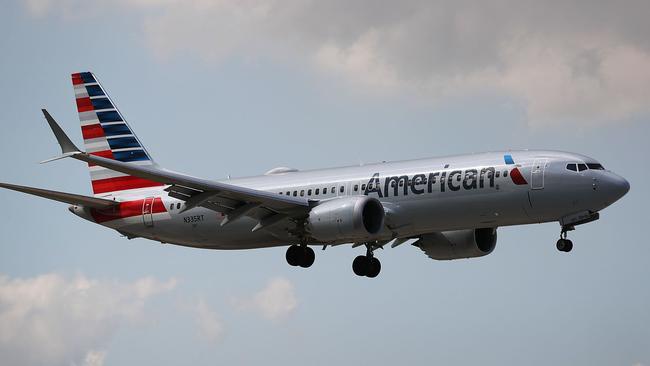
Commonsense dictates that when two planes of the same model crash in strikingly similar circumstances within the space of five months then the need for immediate precaution trumps the need for proof.
That is why the twin tragedies of the combined loss of more than 300 lives in Indonesia’s Lion Air crash last year and this week’s Ethiopian Airlines disaster has the shocked most of the world’s aviation industry into action.
Today Britain, France, Germany and the EU joined Australia, China, Indonesia, Ethiopia and others in temporarily grounding or banning Boeing’s 737 Max 8 until they can be persuaded that the plane is safe.
They know that it is too early to know whether the two crashes were caused by the same issue. But as the UK Civil Aviation Authority put it: “Given the similarity of the two accidents, it has been decided that as a precautionary measure that all” 737 Max flights “should stop until appropriate safeguards are in place.’
So why has the US not adopted a similar ‘precautionary measure’ to ground its own 737 Max 8s which are currently operated by both Southwest and American airlines?
The United States Federal Aviation Administration has chosen instead to take a strictly evidence-based approach to the problem, stating that “If we identify an issue that affects safety, the FAA will take immediate and appropriate action.’
One might think that the unexplained loss of two of the same model jets, shortly after takeoff with similar erratic flying patterns was ‘an issue that affected safety’ even if the specific cause cannot yet be proved.
The trouble with the evidence-first approach is that complete investigations of airline crashes can take years. Even the initial findings can take months. The travelling public doesn’t want to wait that long to learn about a potential deadly flaw on a plane they are likely to travel on. Already in the US, passengers have been calling airlines to try to get off flights which are using the 737 Max 8. Most have been refused refunds.
Boeing, which stands to lose billions of dollars by any global grounding of the Max 8 model of its jet has refused to take the lead, instead maintaining that ‘we are confident in the safety of the 737 Max.’
The FAA has said only that it will mandate ‘design changes’ to the aircraft by April and Boeing has promised that a software update in the coming weeks will ‘make an already safe aircraft even safer.’
So, barring a sudden change of heart by the FAA or Boeing, passengers in the US will be faced with the prospect of flying on the 737 Max 8 before any software update becomes available and before the causes of the Ethiopian crash are known.
US aerospace giant Boeing is trying to avoid a business nightmare here. The Max model of its 737 represents about two-thirds of Boeing’s future deliveries and about 40 per cent of its profit. It is one of the most important parts of the company’s business.
In the US the Max 8 model is flown by Southwest, which has 34 of them and by American Airlines which has 24. The FAA knows that grounding the 737 Max 8 in the US would badly hurt Boeing, impact the reputation of the US airline industry and would severely disrupt the domestic operations and profits of two of the country’s major carriers.
So, yes, the stakes are higher for the US to ground the 737 Max 8 than they are for many other countries.
But money and corporate interests should not lead the US to ignore the rest of the world on the issue.
Australians should be relieved they live in a country where the aviation industry takes safety more seriously than profit.
Cameron Stewart is also US Contributor for Sky News Australia





The United States aviation sector appears to have shamefully put money and corporate interests above safety with its decision not to temporarily ground the 737 Max 8 jet.